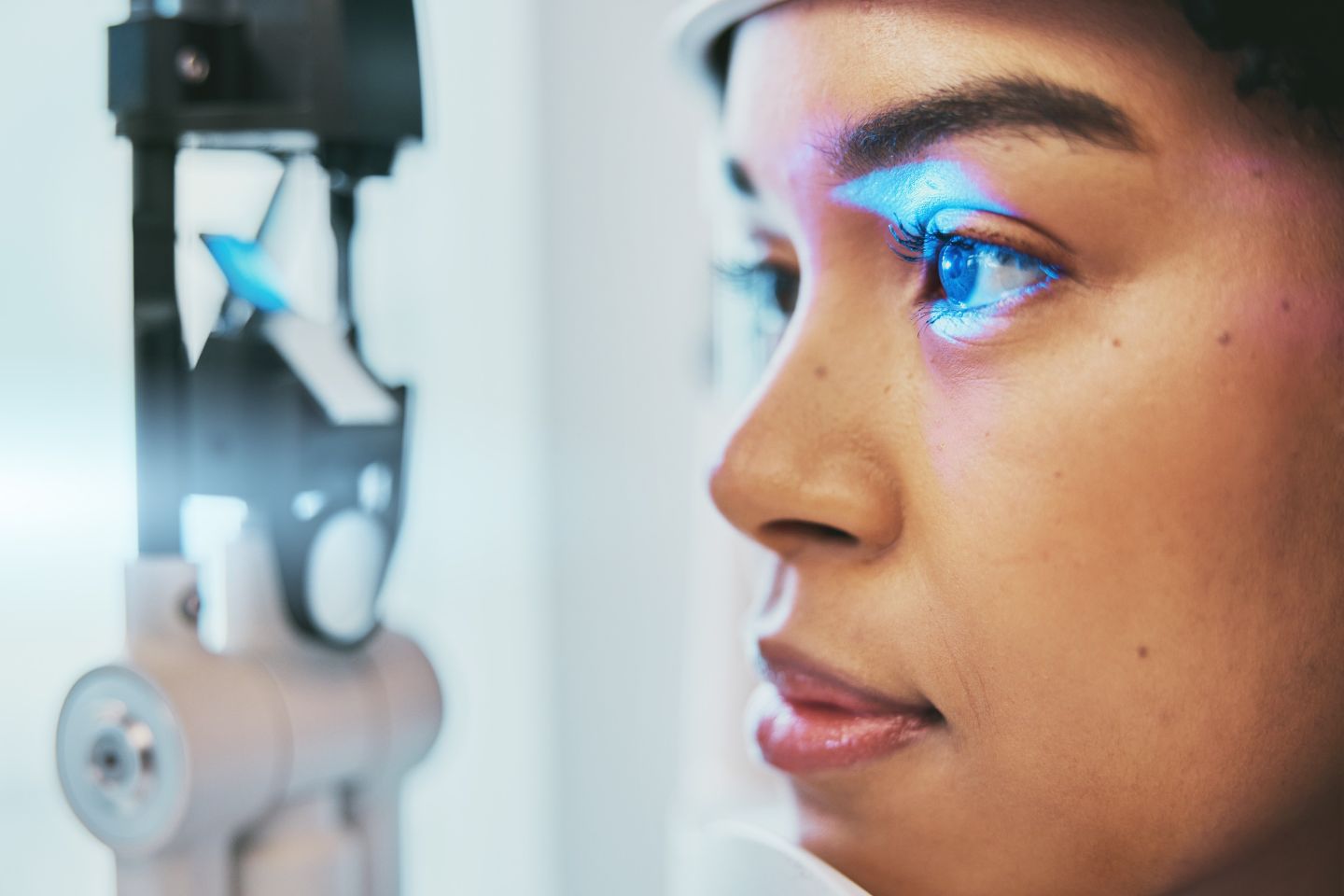Navigating the road to Recovery Determining When it’s Safe to drive After Laser Eye Surgery

Laser eye surgery, also known as refractive surgery, has revolutionized vision correction for millions of people worldwide. Whether you’ve undergone LASIK How long after laser eye surgery can you drive? , PRK, or another type of laser eye surgery, the procedure can significantly improve your vision and quality of life. However, like any surgical intervention, laser eye surgery requires a period of recovery before you can resume your regular activities, including driving.
Understanding the Recovery Process:
Immediately after laser eye surgery, it’s common to experience some discomfort, irritation, and temporary visual disturbances such as glare, halos, or blurred vision. These side effects typically diminish within the first few days following the procedure as your eyes begin to heal. However, the exact timeline for recovery can vary depending on factors such as the type of surgery performed, your overall health, and how well you follow post-operative instructions.
Consulting with Your Surgeon:
One of the most crucial steps in determining when it’s safe to drive after laser eye surgery is consulting with your surgeon. Your surgeon will assess your individual healing progress during follow-up appointments and provide personalized recommendations based on your specific circumstances. They will evaluate factors such as the stability of your vision, the absence of complications, and your comfort level behind the wheel.
Vision Stabilization:
The time it takes for your vision to stabilize after laser eye surgery can vary from person to person. While some individuals experience significant improvement within a few days or weeks, others may require more time for their vision to fully settle. Your surgeon will monitor your progress and advise you on when your vision is stable enough to meet the legal requirements for driving in your area.
Legal Considerations:
Before you consider getting back behind the wheel, it’s essential to familiarize yourself with the legal requirements for driving after laser eye surgery. Different regions have specific regulations regarding vision standards for driving, including minimum visual acuity and field of vision requirements. Your surgeon will ensure that your vision meets these standards before clearing you to drive.
Assessing Personal Readiness:
Even if your vision meets the legal requirements for driving, it’s essential to assess your personal readiness to get back on the road. Factors such as your comfort level, confidence in your vision, and ability to react quickly to unexpected situations should all be taken into account. If you still experience any visual disturbances or discomfort that could impair your ability to drive safely, it’s best to delay driving until you feel fully ready.
Gradual Return to Driving:
Once your surgeon gives you the green light to resume driving, consider starting with short trips in familiar areas during daylight hours. This allows you to gradually regain confidence behind the wheel and assess how well your eyes adapt to different driving conditions. Be sure to exercise caution, especially when driving at night or in challenging environments, until you feel completely comfortable with your vision.
In conclusion, determining when it’s safe to drive after laser eye surgery requires careful consideration of various factors, including the progress of your recovery, legal requirements, and personal readiness. By working closely with your surgeon and following their guidance, you can navigate the road to recovery with confidence and ensure a smooth transition back to driving. Remember to prioritize safety at all times and listen to your body as you gradually resume your normal activities, including driving.